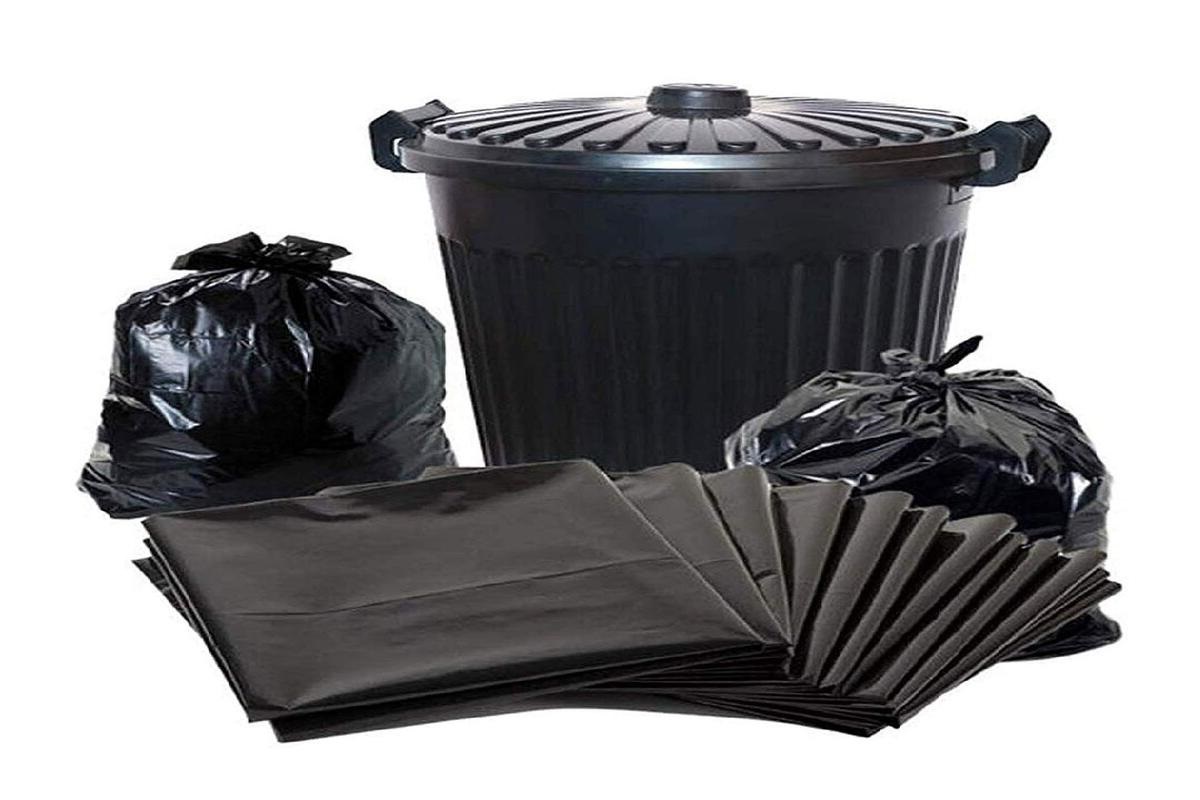Trash Bags Manufacturing Report: The latest Syndicated Analytics study is “Trash Bags Manufacturing Plant Project Report: Industry Trends, Project Report, Manufacturing Process, Plant Setup, Machinery, Raw Materials, Investment Opportunities, Cost and Revenue (2023 Edition).” Business cares! This study examines trash bags.
It discusses how they are manufactured, how the industry is going, significant victories and risks, what it takes to make them, how much it costs, and how it fits into the economycalling all garbage bag enthusiasts, entrepreneurs, investors, professors, professionals, savvy businesspeople, and others! Join us to learn everything necessary.
Garbage bags, bin liners, and refuse sacks are trash superheroes. They are versatile containers. They collect, store, and discard rubbish. Polyethylene, which is cheap, light, and water- and chemical-resistant, is used to make most of them. Trash bags vary in size, width, color, and weight. They suit homes, busy cities, large factories, and public spaces. Trash management is key to maintaining cleanliness. Trash bags are versatile. They eliminate germs and odors and make trash disposal safer.

Read More: KKR Investment: Financial Giant KKR to Invest in German Aerospace Company OHB
With all this variability, there is a different cousin group. Cool avatars naturally decompose organic garbage. These bags also safeguard hazardous waste. They work hard to handle medical and risky items properly.
As towns grow and adapt, so does waste management. That’s why garbage bags are making a significant comeback. Famous stores and hotels make plenty of money. Usefulness is popular. The environmental sentinel keeps watch over the earth. It’s telling us to clean more carefully.
Environmentalists agree. We must clean more carefully. In this good soil, the techie shows off great stuff, like eco-friendly versions that break down organically. This gets everyone excited about environmental protection. Online shopping is altering everything. Thus, trash bags are popular among purchasers. Excellent new ideas and utility combine to create a bright global future.
This enormous stage spins trash bags as the music becomes louder. Their fascinating dance involves fast movements and direction changes. It makes dull stuff cool. A poem on how fresh ideas might improve the world casts trash in a glamorous role.
Our Reader’s Queries
What is the trend in the trash bag industry?
The trash bags industry is set to expand from USD 10.6 billion in 2023 to USD 13.7 billion by 2028, with a CAGR of 5.2% from 2023 to 2028. This market has shown consistent growth over the years and is expected to maintain this trend in the coming years.
How big is the garbage bag industry?
According to Data Bridge Market Research, the worldwide trash bag market was worth USD 10.66 billion in 2022 and is projected to hit USD 16.61 billion by 2030, with a CAGR of 5.7% from 2023 to 2030.
How do you manufacture a trash bag?
Bio Degradable Plastic roll bags are created through a process of heat sealing and cutting rolls of film. The material is drawn out to the appropriate length by feeding rolls of tubing or sheeting through a machine. Once the material is at the correct length, the machine places a seal on it and cuts it off to form a single bag. This method ensures that the bags are of high quality and are ready for use. Plus, the use of bio degradable plastic makes them an eco-friendly option for disposing of garbage.
What is the raw material for garbage bags?
Garbage bags are typically crafted from low-density polyethylene (LDPE), the most widely used plastic globally. High-density polyethylene (HDPE) comes in second. LDPE is renowned for its softness, elasticity, and ability to repel water and air. The raw materials for polyethylene are sourced from petroleum and natural gas.

